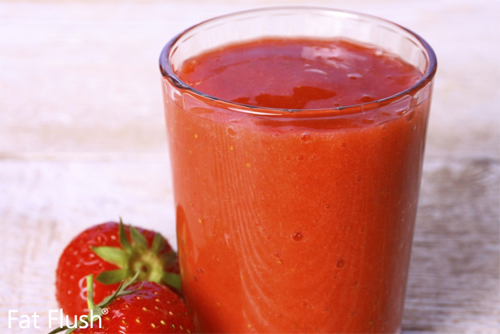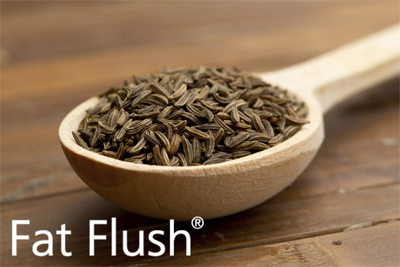If you have unexplainable health concerns, the blame might lay with your diet— even if you think it’s pretty healthy.
The fact is, the food we eat acts as more than just fuel. It is digested and processed by the gastrointestinal (GI) tract, which converts it into usable nutrients which are then absorbed by the body. Home to about 75% of your body’s immune system receptor cells, the GI tract is also rich in neurotransmitters, hormones, chemical messengers, enzymes, and bacteria. Because the digestive process is directly tied to so many other bodily functions, evidence shows that food sensitivities—often linked to grains, gluten, and dairy— can negatively impact other systems in your body, not just the gastrointestinal tract.
In fact, food sensitivities and other GI troubles have been linked to health problems such as:
- asthma
- food or environmental allergies
- mental fog
- moodiness
- acne or skin irritation
- headaches or migraines
- inability to lose weight
- inability to burn stored fat as fuel
…among other things.
Eliminating foods will help cleanse the body of built-up toxins and once you’ve wiped the slate clean, the reintroduction of foods can help pinpoint foods that act as triggers for your health problems. As symptoms subside, or re-emerge, you’ll be able to notice if a certain food corresponds with your body’s negative response.
Déjà vu?
If the principles of an elimination diet sound familiar, they should! Paleo diets, the Virgin diet and Dr. Hyman’s 10-Day Detox Diet all fall under the category. But the Fat Flush Plan established these protocols long before “elimination diet” was a household phrase.
Phase 1 of the Fat Flush Plan, the 2-week detox phase, eliminates two of the most reactive food groups: grain and dairy. This cleansing phase also eliminates sugar, yeast, corn and soy—elements which can create additional bloating and inflammation.
After the 2-week cleanse, Phase 2 (the ongoing weight loss phase) gradually reintroduces small amounts of hypoallergenic carbohydrates, or “friendly” carbs— sprouted-grain tortilla, sweet potatoes, green peas, cooked carrots, and butternut or acorn squash. Starting slow is the best way to gauge your body’s response— if no negative effects show, add another friendly carb the next week.
Phase 3 allows more of the eliminated foods back into your daily diet, including gluten-free grains and dairy, on a limited scale. Noting further responses and reactions is important when reintroducing these elements so you can remove any highly-reactive foods permanently.
Keeping track is the key.
The most important thing when eliminating and reintroducing foods is to pay attention to how your body feels, your sleep patterns, mood, energy levels, digestion and elimination efficiency.
We recommend keeping a journal, not just to log what you eat—although that is important—but also how you felt when you ate that food. A pattern could emerge that may otherwise be overlooked. Calling for these protocols, Fat Flush is designed as an anti-inflammatory diet to improve your body’s ability to access stored fat and use it as fuel. By removing saboteurs from your daily diet, the body can more effectively absorb nutrients, creating energy and more fat.
Have you discovered your own food sensitivities since starting the Fat Flush Plan? Tell us your experience in the comments section!


